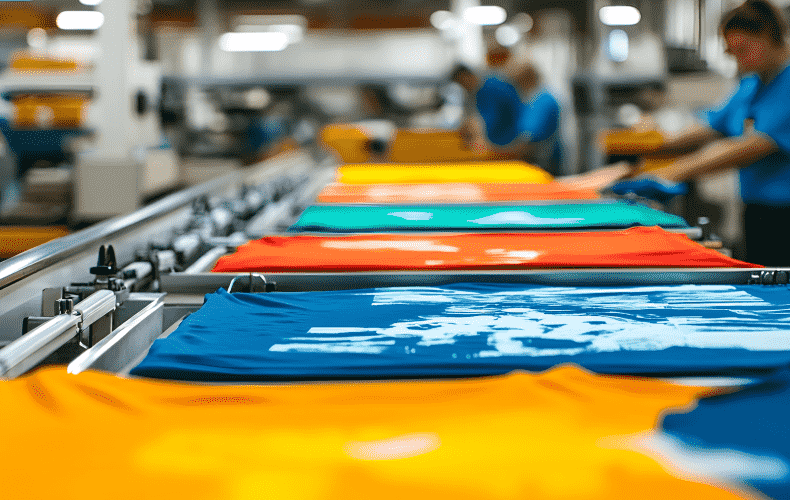Krypto-Rallye verpasst? So entdeckst du vielversprechende Altcoins rechtzeitig
Section: Arts
Walking under water is no easy feat, especially if you are a tiny insect. Now, a team of researchers led by Professor Naoe Hosoda, National Institute for Material Science, in Japan, report for the first time how a beetle can walk under water. Their work was published online on August 8 in the journal Proceedings of the Royal Society B: Biological Sciences.
On dry land, the terrestrial leaf beetle Gastrophysa viridula, sticks to its ground by producing an oily secretion in their setae, small hair-like structures found on their feet, that helps them adhere to their substrate. Now researchers report that this beetle, when found under water, traps air bubbles beneath their setae, which makes the surface dry and allows them to walk, as if they were out of the water.
Insects are masters of adhesion to dry surfaces. However, as Dr. Hosoda tells The Munich Eye, "In the natural world, plants may be covered by water for quite a long period of time, especially after heavy rain." In this paper the authors report for the first time, "...on the remarkable ability of the terrestrial leaf beetle to walk under water. In air, adhesion is produced by capillary forces between the oil-covered adhesive setae and substrate..." But under water, it is a completely disparate story.
"Under water, these beetles use trapped air bubbles between their adhesive setae to make the substrate dry and produce capillary adhesion." But the researchers, did not stop here, inspired by their finding, they designed 'an artificial silicone polymer structure with underwater adhesive properties', as described in their report. Their new design may lead the way for new technologies for underwater exploration.
Original article: Underwater locomotion in a terrestrial beetle: combination of surface de-wetting and capillary forces.
Section: Arts

Section: Business

Section: Arts

Section: Arts

Section: Business

Section: Business

Section: Arts

Section: Health

Section: Arts

Section: News
Health Insurance in Germany is compulsory and sometimes complicated, not to mention expensive. As an expat, you are required to navigate this landscape within weeks of arriving, so check our FAQ on PKV. For our guide on resources and access to agents who can give you a competitive quote, try our PKV Cost comparison tool.
Germany is famous for its medical expertise and extensive number of hospitals and clinics. See this comprehensive directory of hospitals and clinics across the country, complete with links to their websites, addresses, contact info, and specializations/services.
Join us for the 10th Summer Concert at the Heilig Geist Church, featuring the captivating sounds of two trumpets accompanied by a majestic organ. This concert will showcase works by renowned composers including J.S. Bach, A. Torelli, P. Franceschini, H. Purcell, and others.



No comments yet. Be the first to comment!